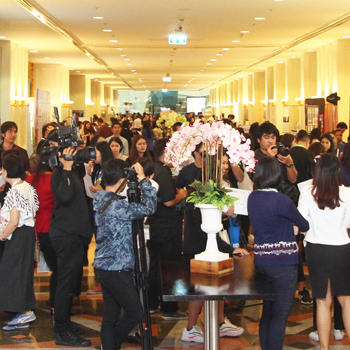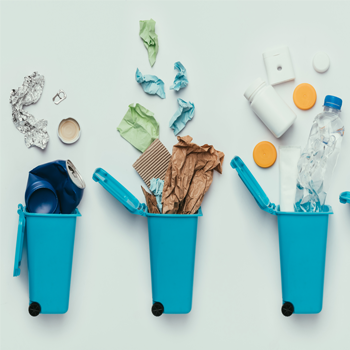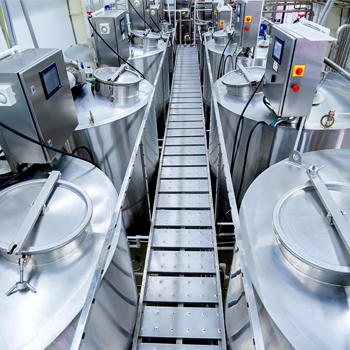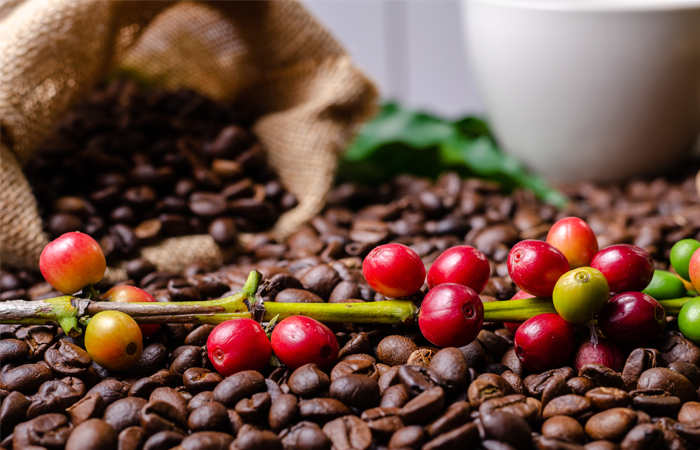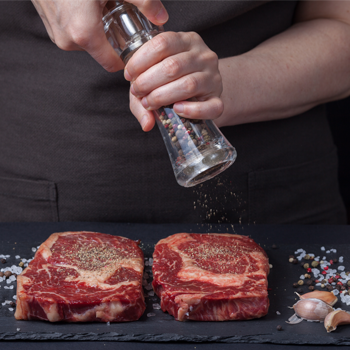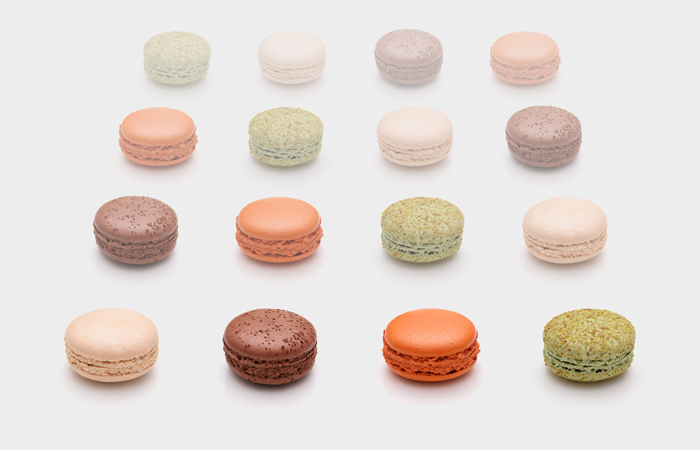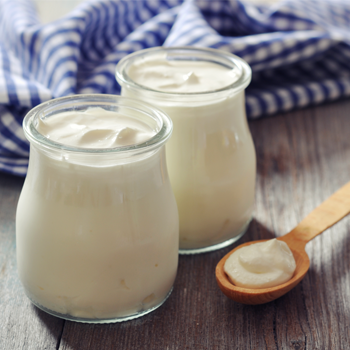อุตสาหกรรมผลิตภัณฑ์เนื้อสัตว์และสัตว์ปีกเป็นหนึ่งในภาคอุตสาหกรรมที่มีความสำคัญและสร้างรายได้ให้กับประเทศไทยเป็นอย่างมาก งานสัมมนา Food Focus Thailand Roadmap # 45: Meat & Poultry Edition จึงจัดขึ้นภายใต้แนวคิด “From Farm to Fork” นำเสนอข้อมูลหลากหลายด้านนวัตกรรม มุมมองด้านความปลอดภัย เทรนด์ที่น่าจับตามอง และอีกมากมาย
ศาสตร์และศิลป์ของกลิ่นรสและสารปรุงแต่งกลิ่นรส
สำหรับอุตสาหกรรมเนื้อสัตว์และสัตว์ปีกแปรรูปมีการใช้สารปรุงแต่งกลิ่นรสเพื่อเพิ่มความหลากหลายให้กับผลิตภัณฑ์ เช่น ไส้กรอก แฮม นอกจากนี้สารปรุงแต่งกลิ่นรสยังถูกนำมาใช้เพื่อทดแทนกลิ่นรสที่อาจมีการสูญเสียไปในระหว่างกระบวนการผลิต เช่น กระบวนการให้ความร้อน ตลอดจนเพื่อเพิ่มกลิ่นรสในผลิตภัณฑ์ เช่น นมกลิ่นรสช็อกโกแลต หรือแม้แต่การเพิ่มกลิ่นรสหลักของผลิตภัณฑ์ให้มีความเด่นชัดมากขึ้น เช่น กลิ่นรสหมูสับในซุปหมู เป็นต้น
การใช้ระบบอัตโนมัติในกระบวนการแปรรูปผลิตภัณฑ์เนื้อสัตว์และสัตว์ปีก
สิ่งที่ต้องพิจารณาในการเลือกใช้ระบบเครื่องจักรในกระบวนการแปรรูปผลิตภัณฑ์เนื้อสัตว์และสัตว์ปีก คือการพิจารณาถึงความคุ้มค่าในกระบวนการผลิต เนื่องจากเครื่องจักรระบบอัตโนมัตินั้นมีราคาสูงมาก
จึงควรพิจารณาถึงความคุ้มค่าก่อนการนำมาใช้ในกระบวนการผลิต นอกจากนี้ต้องคำนึงถึงลักษณะของธุรกิจ โดยหากสินค้ามีความหลากหลายและมีปริมาณการผลิตต่อครั้งเป็นจำนวนมาก ควรเลือกใช้เครื่องจักรที่มีการปรับเปลี่ยนง่าย และไม่ควรมองข้ามเรื่องวิธีการผลิตรวมถึงผลกระทบต่อคุณภาพสินค้า
แนวคิดสู่การปฏิบัติในโรงงานอุตสาหกรรมเนื้อสัตว์และสัตว์ปีก
ระบบการวิเคราะห์อันตรายและจุดวิกฤตที่ต้องควบคุม หรือ HACCP เพียงอย่างเดียวไม่สามารถประกันความปลอดภัยอาหารได้ แม้มีการประยุกต์ใช้ระบบดังกล่าวเพิ่มขึ้นอย่างต่อเนื่อง ยังพบความล้มเหลวเนื่องจากขาดความตระหนักและพันธะสัญญาของคนที่เกี่ยวข้อง ความล้มเหลวของความปลอดภัยอาหารหลายครั้งมักเกิดจากความล้มเหลวด้านการจัดการ เพราะ HACCP จะประสบผลสำเร็จได้ เมื่อมี Food Safety Culture ที่มีประสิทธิภาพ
Meat & poultry industry is one of the most important and profitable industries for Thailand. In our recent seminar, Food Focus Thailand Roadmap # 45: Meat & Poultry Edition, which was held under the concept “From Farm to Fork”, presents varieties of innovation, safety procedures, and outstanding trends, among many other topics.
The Science and Art of Flavor
Meat and poultry processing industry applies flavoring agents to create variety of products such as sausage and ham. Moreover, flavoring agents are also utilized to replace flavors that were lost during the production processes such as heating, add flavors to the products such as chocolate milk, or enhance flavors such as the taste of pork chop in pork soup, for example.
Applying the Automation to the Meat and Poultry Processes
What needs to be considered in selecting the right machinery for meat and poultry processing is to consider the efficiency in the production. Automatic machinery is very expensive, which is why cost efficiency is the main priority. Additionally, business type must be put into consideration. A line with high product diversity and high volume of production should consider easily adjusted machine, and at the same time, should not overlook production process and impact to products’ quality.
Food Safety Culture
Notably, only Hazard Analysis and Critical Control Points (HACCP) system cannot guarantee food safety, despite that the mentioned systems are applied continuously, the failure has been found due to the lack of awareness and commitment of the people involved. Many failures on food safety are caused by management failures since HACCP will be succeeded when food safety culture is effective.
